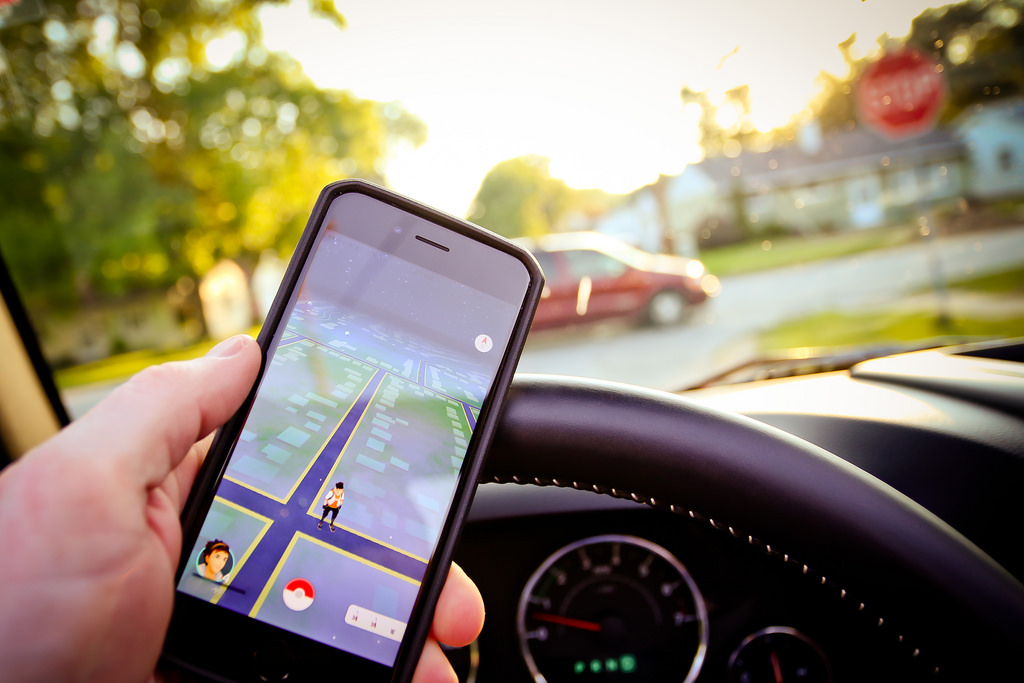The U.S. Department of Transportation's National Highway Traffic Safety Administration (NHTSA) on Wednesday published a second set of guidelines designed to address driver distractions due to mobile device use while on the road.
The voluntary guidelines encourage manufacturers to make pairing with infotainment systems more commonplace (think Android Auto and Apple's CarPlay). They'd also like to see a driver mode implemented that would limit the functionality of a device and simplify the user interface when used by drivers while actively driving.
In driver mode, a mobile device would be unable to display video (not related to driving) and certain photos or images, automatically scrolling text, social media content, webpages and e-books. Furthermore, manual text entry for the purpose of text-based messaging would also be prohibited.
Ideally, the agency would like driver mode to activate automatically when a driver is driving. Technology is currently being developed that can determine whether a device is being used by a driver or passenger although additional refinement is needed to ensure reliability.
Until that technology is ready, it would be up to drivers themselves to enable driving mode. Let's face it, that's not going to happen. Think about it - if people had the ability to voluntarily exhibit that level of self-restraint, driving mode would be entirely unnecessary as they'd simply not use their phone while driving.
The DOT released its first set of voluntary guidelines in early 2013.
Image courtesy Distracted Driver Accidents
